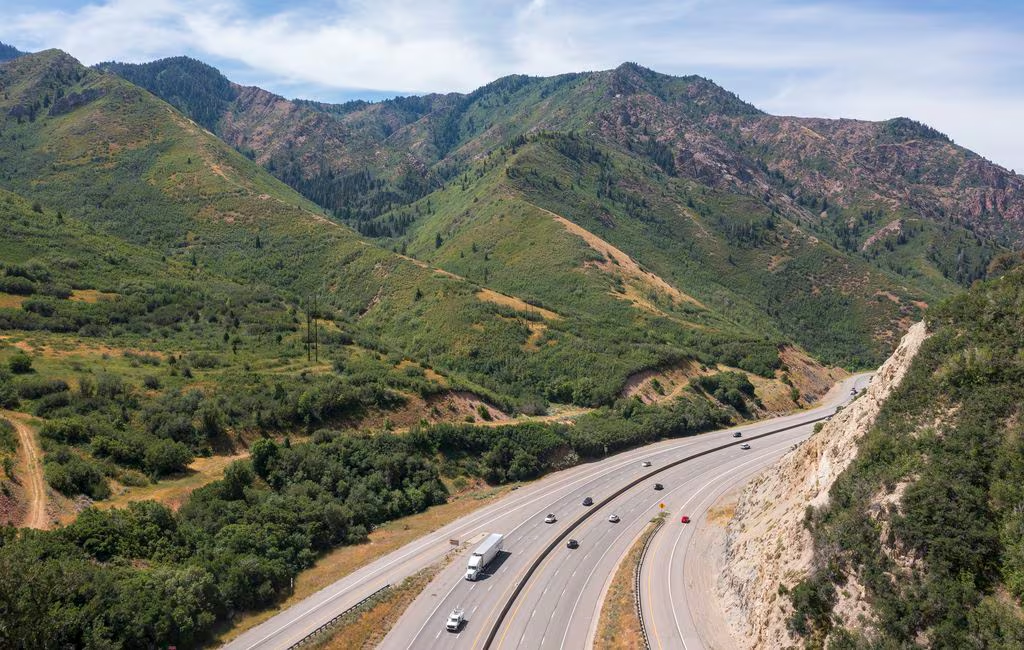The Fight Isn’t Over
Here is some good news, bad news
Well, the Division of Oil, Gas, and Mining announced yesterday that they are approving the Small Mine Operations permit for Jesse Lassley/Tree Farm LLC/ Granite Construction. See the Salt Lake Tribune article here.
We expected this would be the likely outcome at DOGM due to the limits the state legislature has placed on their authority. The formal objectors (SL Co., SLC, Millcreek, Save Our Canyons, and Richard Family Partnership) now need to decide whether there are grounds to appeal this decision in court.
But as others have already said, either way, this fight is far from over.
The two most significant obstacles Lassley has to overcome to actually begin excavating at the site are:
- Obtain a conditional use permit from Salt Lake County: this is the biggest hurdle they face and will almost assuredly end up being decided by the courts. On May 11, Lassley filed a challenge to Salt Lake County’s revised zoning ordinance in 3rd District Court but the lawsuit hasn’t been served to Salt Lake County yet. Contacts: Teresa Wilhelmsen, Utah State Engineer/ Director Utah Division of Water Rights. teresawilhelmsen@utah.gov Laura Briefer, Director, Salt Lake City Public Utilities, Laura.Briefer@slcgov.com
- Other obstacles Lassley has to navigate include the following: have a Fugitive Dust Control Plan (FDCP) approved by the state Division of Air Quality. The requirements of a FDCP are found here. Contact: Bryce Bird, Director, Utah Division of Air Quality. Bbird@utah.gov
- Obtain a stream alteration permit from the state Division of Water Rights in order to widen the road inside the gate to accommodate gravel trucks and heavy-duty construction equipment. This was denied in March but Lassley can now resubmit his request. The file for Lassley’s stream alteration permit can be found here. Contact: Chuck Williamson, Stream Alteration Specialist, Utah Division of Water Rights. charleswilliamson@utah.gov
- obtain a right-of-way agreement with the Utah Department of Transportation.
- Obtain a storm water permit from the EPA and the Utah Division of Water Resources. Information on the storm water permit Granite filed with EPA can be found here. Contacts: John Mackey, Director Utah Division of Water Quality. jkmackey@utah.gov
The big unknown is whether the Utah Legislature will try to clear the path for Lassley and Granite by providing loopholes that allow them to avoid the county’s land use authority. If you know any Republican legislators, please talk to them about the threat Salt Lake County.
WHAT CAN YOU DO?
- Submit letters to the editor and/or op-Eds. We especially need to have letters and op-Eds run in the Deseret News. They’ve provided very little coverage of this story so far.
- Donate to the cause. The legal funds and community engagement will be essential to this fight.
- Sign the petition and send your comments to Granite Construction
- Buy a ticket to Save Our Canyons’ 50th Anniversary Gala on Saturday September 10, 6:30 pm at the Utah Museum of Natural History to thank them for helping us with this fight. Buy a ticket here.
There Is A Way For All Sides To Win
We continue to explore the possibility of a land swap so that Lassley and Granite can develop their gravel pit somewhere else. This hasn’t been discussed with them yet. Stay tuned.
WHAT CAN YOU DO?
Your letters in #1 and #3 above will help keep the pressure on Lassley and Granite so that there is an incentive for them to avoid a long legal battle and further challenges to their reputation.
The Central Wasatch Mountains Should Be Protected For Everyone
Here are the impressions of early American naturalist, John Muir, during his visit to the Salt Lake valley in 1877:
“In beginning this letter I meant to describe the city, but in the company of these noble old mountains, it is not easy to bend one’s attention upon anything else.
The mountains rise grandly round about this curious city, the Zion of the new Saints, so grandly that the city itself is hardly visible. The Wasatch range, snow-laden and adorned with glacier-sculpted peaks, stretches continuously along the eastern horizon, forming the boundary of the Great Salt Lake basin; while across the valley of the Jordan southwestward from here, you behold the Oquirrh Range, about as snowy and lofty as the Wasatch.
The glacial developments of these superb ranges are sharply sculpted peaks and crests, with ample wombs between them where the ancient snows of the glacial period were collected and transformed into ice, and ranks of profound shadowy canyons, while moraines commensurate with the lofty fountains extend into the valleys, forming by far the grandest series of glacial monuments I have yet seen this side of the Sierra.”










